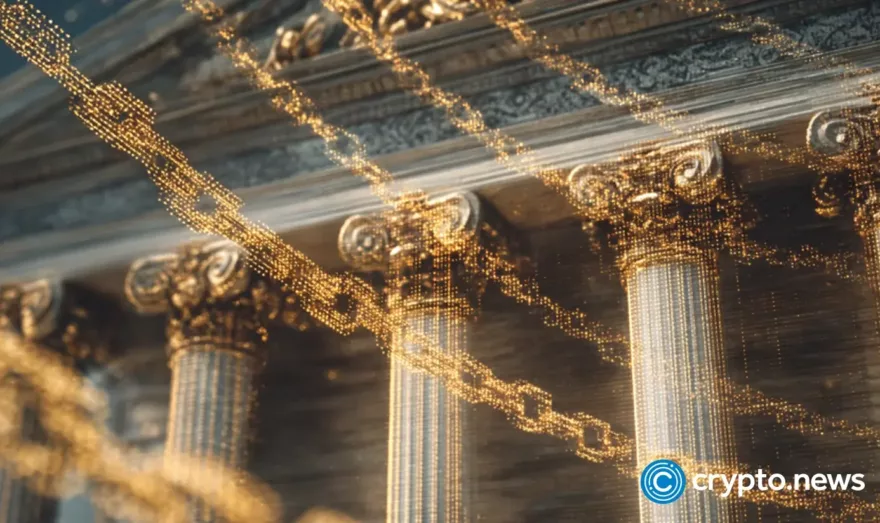What is Mt Gox Bitcoin exchange? The downfall of Mt Gox

The downfall of Mount Gox, once the biggest cryptocurrency exchange, is a lesson in what can go wrong. It took 10 years after the platform’s collapse for creditors to start getting their compensation.
But this disaster pushed the entire crypto industry to rethink its approach to security.
Table of Contents
What is Mt Gox?
The story of Mt Gox began in 2007, long before Bitcoin and cryptocurrency were even on the radar. That year, developer Jed McCaleb created a platform called Magic: The Gathering Online Exchange (MTGOX) on the website mtgox.com, designed for trading cards from the popular fantasy game, Magic: The Gathering.
Three years later, after learning about Bitcoin (BTC), McCaleb decided to pivot the platform into a cryptocurrency exchange. However, about a year after this transformation, he chose to sell the platform to Mark Karpeles, a French developer living in Japan, citing a lack of time to focus on the project.
In the meantime, Mt Gox rapidly gained popularity. By 2011, the platform had tens of thousands of users, and by 2013 it was handling over 70% of all BTC transactions worldwide.
In February 2014, Mt Gox suspended trading, and in April 2014 it filed for bankruptcy protection in the U.S.
This was due to the loss of 850k BTCs, valued at $450 million at the time, which were stolen from Mt Gox’s wallets. The theft was the largest of its kind at the time, and it shook the confidence of many in the Bitcoin community.
Mount Gox bankruptcy in detail
On February 24, 2014, Mt. Gox suddenly stopped all Bitcoin transactions, and within hours, its website went offline. It soon became clear that around 750k BTC, belonging to users, had been stolen over a span of several years, and the platform was unable to recover from the loss. Four days later, on February 28, Mt Gox filed for bankruptcy and announced its shutdown.
In its bankruptcy filing, the exchange revealed that, in addition to the stolen user funds, hackers had also made off with 100k BTC from the exchange’s own reserves. In total, this brought the theft to a staggering 850k BTC, roughly 7% of the entire Bitcoin supply at the time.
Investigations revealed that hackers had stolen the private key to an Mt Gox wallet in September 2011. This key allowed them to gain control of the flow of cryptocurrency in and out of the exchange. Using this key, the attackers gradually drained the exchange’s funds over a span of several years.
In May 2016, the Kraken exchange, which had assisted in the investigation, completed the process of collecting and analyzing creditors’ claims. According to analysts, 24,750 users had filed for compensation.
Analysts, including Tokyo security company WizSec, have claimed that theft goes back to 2011. At the time, the exchange lost about $400k worth of Bitcoin. Its rise continued, and it reached its peak market share in 2013. In 2014, things took a turn for the worse when users complained of slow withdrawals. The exchange then suspended all withdrawals and made the public aware of the full extent of its losses.
Mt Gox payments to creditors
In September 2018, a Japanese court approved a rehabilitation plan that will see Mt Gox creditors receive roughly $1 billion in compensation.
Investors received their first payments in December 2023 – nearly ten years after their funds were frozen in February 2014.As of March 2025, Mt Gox still held around 35k bitcoins, worth about $3.08 billion.
Last year, the exchange pushed back its repayment deadline for creditors, extending it from October 31, 2024, to October 31, 2025, due to delays in verification and processing.
Mt Gox news in 2025
On March 25, 2025, Arkham Intelligence noticed some major movements from the Mt Gox wallet. A total of 893 bitcoins were sent to a new address, while another 10,608 BTCs were transferred to a different wallet under Mt Gox’s control. A tiny amount of 0.000017 BTC was also sent to Kraken, likely for testing purposes.
This has led to speculation that the transfers could be linked to upcoming repayments for creditors. These movements follow earlier substantial transfers this month, including 12,000 BTCs on March 6 and 11,833 BTCs on March 11. Spot On Chain noted that some of these earlier transfers ended up on the Bitstamp exchange.
Who was the Mt Gox hacker?
Who exactly was behind the Mt Gox hack? That’s a question that continues to linger in the crypto world. While we don’t have a clear answer, there are a few theories that people keep going back to.
Some believe it was an inside job — someone with access to the platform’s systems might have exploited it. Others speculate that North Korean hackers could have been behind it, possibly to create chaos in the world’s financial markets.
But with no definitive proof to support any of these ideas, the true identity of the hackers remains elusive.
Looking back at Mt. Gox
Mt Gox was a very powerful entity in the early years of Bitcoin. Bitcoin went from less than $1 to over $1k in those years. Had Mt Gox maintained its stature, it would easily be the largest cryptocurrency exchange today, moving billions in trading volumes.
However, its collapse shaped crypto security, allowing regulators to participate through client protecting policies.
Mt Gox lost 850k BTCs in the hack. These losses, some stemming from alleged management negligence,were the subject of lawsuits in subsequent years. After years of lawsuits, the Mt Gox exchange estate is still subject to claims.















